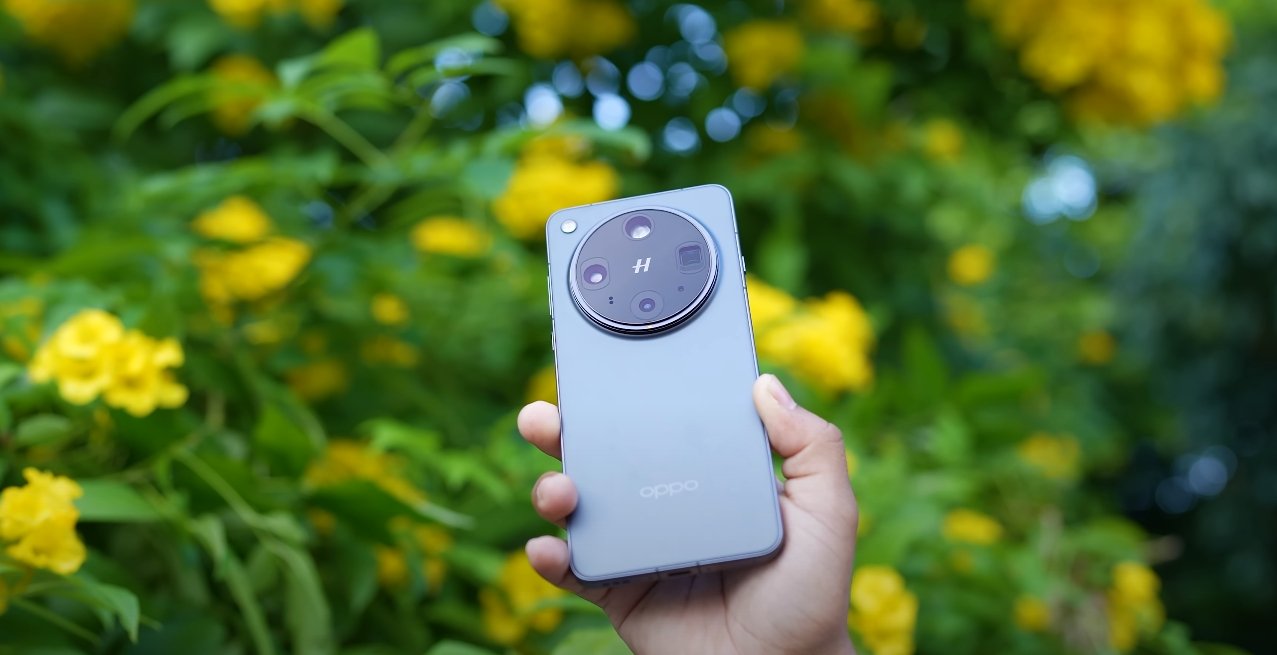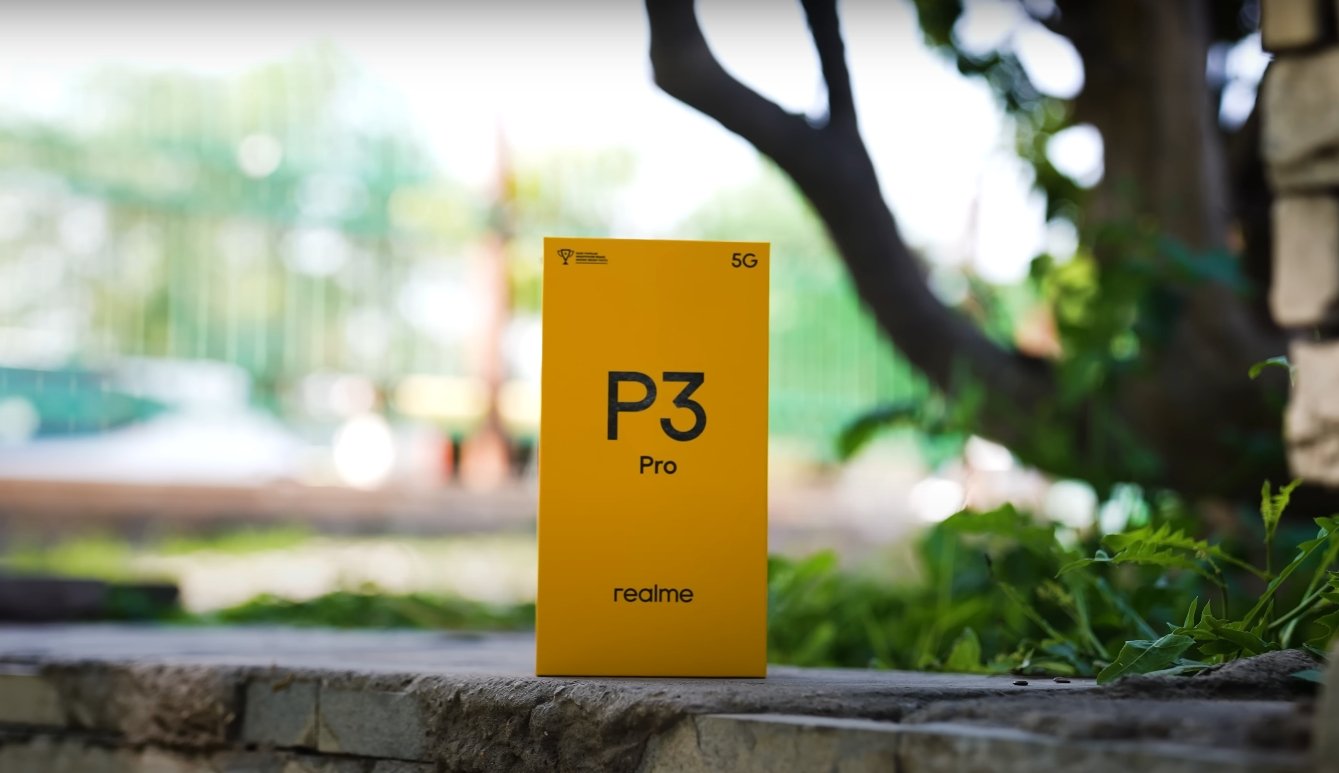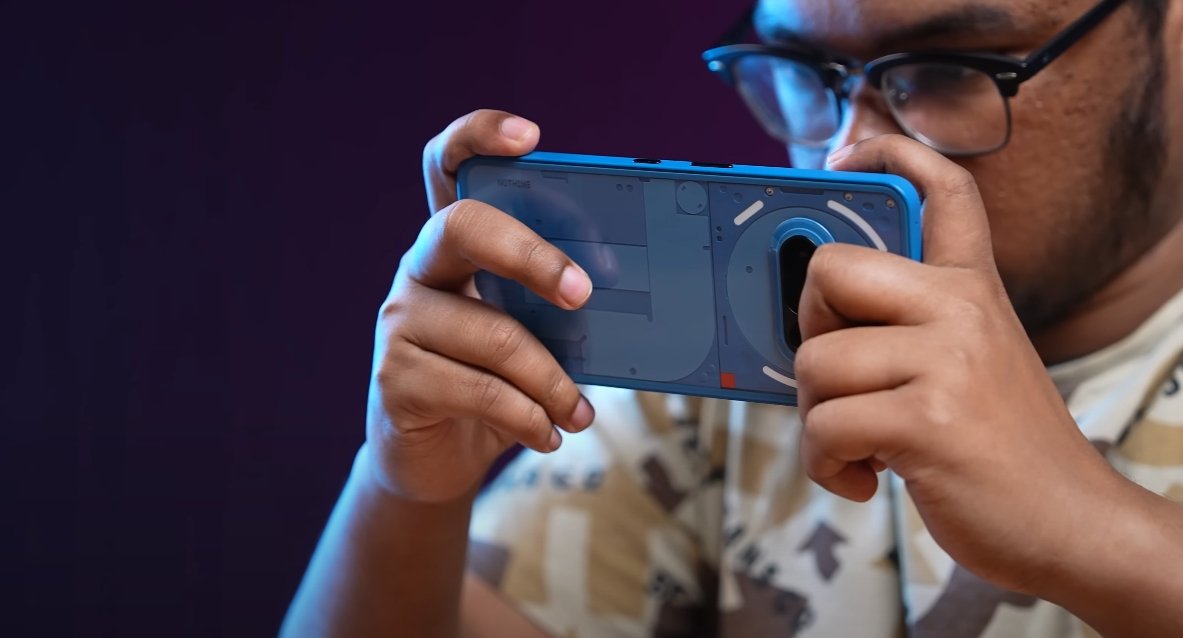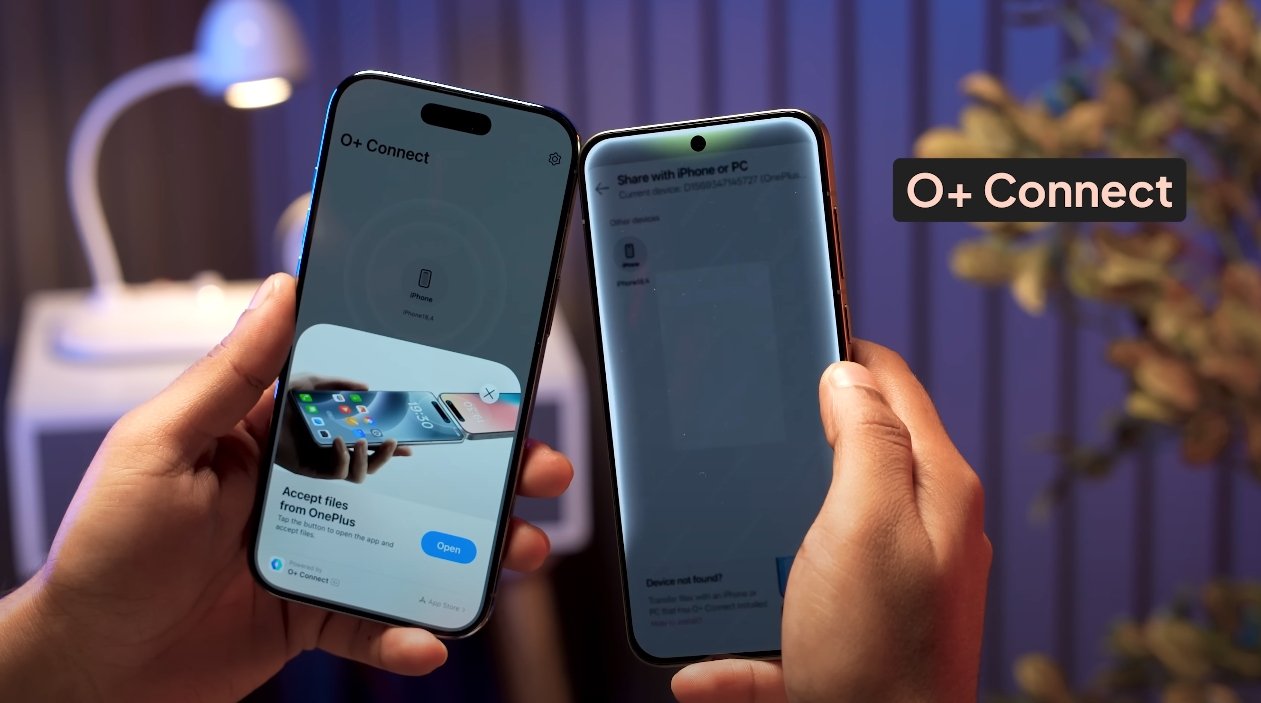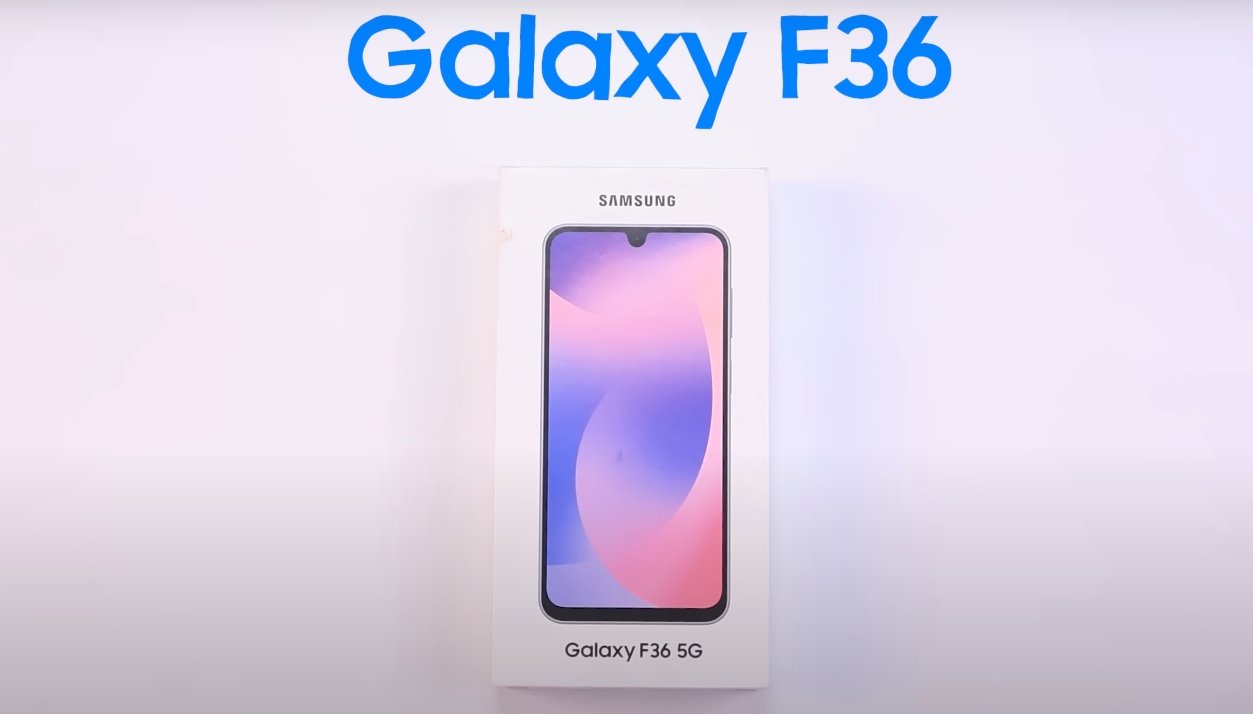Oppo Find X8 Ultra vs OnePlus 13 Pro: Early Look and Feature Comparison
The Oppo Find X8 Ultra and OnePlus 13 Pro are two flagship smartphones from BBK Electronics that are generating significant attention in 2025. Both devices are designed to deliver high-end performance, cutting-edge features, and premium design, but each takes a slightly different approach to meet user needs. Early comparisons highlight their strengths and differences, particularly in display, performance, camera systems, battery life, and software experience.
Design-wise, the Oppo Find X8 Ultra features a 6.82-inch LTPO AMOLED display with a resolution of 3168 x 1440 pixels. The panel delivers sharp visuals, vibrant colors, and excellent brightness, making it ideal for outdoor use and multimedia consumption. The device has a sleek and modern appearance with a centered camera module and slightly wider frame compared to its predecessors. Oppo includes an ultrasonic in-display fingerprint sensor for security, enhancing the premium feel of the phone. Ergonomically, the Find X8 Ultra is designed for comfortable use despite its large screen.
The OnePlus 13 Pro offers a similar 6.8-inch LTPO AMOLED display with the same 3168 x 1440-pixel resolution, delivering equally sharp visuals and vivid colors. Its design maintains the signature OnePlus aesthetic with slim bezels, a flat frame, and the alert slider for quick notifications control. The OnePlus 13 Pro is slightly more compact in comparison, making it easier to handle for users who prefer one-handed operation. Overall, both devices provide high-quality displays, but Oppo focuses on brightness and outdoor visibility while OnePlus emphasizes a more ergonomic design.
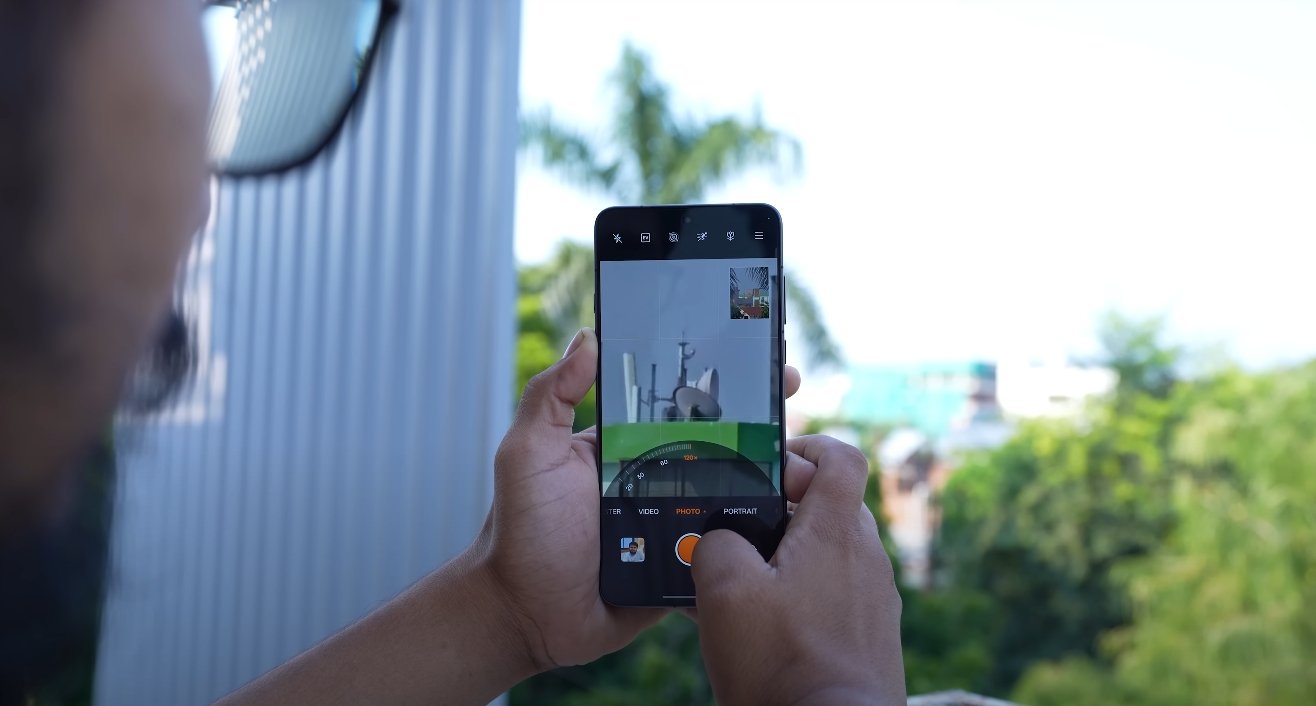
Performance is a key differentiator between the two phones. The Oppo Find X8 Ultra is powered by the MediaTek Dimensity 9400 chipset, paired with 12GB or 16GB of LPDDR5X RAM and UFS 4.1 storage. This combination ensures smooth multitasking, fast app loading, and efficient performance for demanding tasks like gaming or content creation. Early reports suggest the Find X8 Ultra handles sustained workloads effectively, with optimized thermal management to prevent throttling during long gaming sessions.
The OnePlus 13 Pro, on the other hand, is equipped with the Snapdragon 8 Elite chipset, offering clock speeds up to 4.32 GHz, along with 12GB or 16GB of LPDDR5X RAM and UFS 4.0 storage. Initial benchmarks indicate that the OnePlus device maintains higher frame stability during extended gaming sessions and heavy processing tasks, showing strong sustained performance. While both devices excel in speed and responsiveness, users focused on long-term gaming may find a slight advantage with OnePlus 13 Pro.
Camera capabilities represent one of the most significant differences. The Oppo Find X8 Ultra features a quad-camera setup, including a 50MP main sensor, 50MP ultrawide lens, and dual periscope telephoto lenses with 3× and 6× optical zoom. This versatile configuration allows for high-quality low-light photography, detailed zoomed shots, and wide-angle captures with minimal distortion. Oppo’s collaboration with Hasselblad ensures accurate color reproduction, natural skin tones, and professional-grade image processing. The device also benefits from AI-driven enhancements and advanced filters for creative photography.
The OnePlus 13 Pro uses a triple-camera system, including a 200MP wide-angle sensor, a 50MP telephoto lens, and a 48MP ultrawide lens. The high-resolution main sensor captures detailed images with vibrant colors, and the telephoto lens provides optical zoom capabilities up to 3×. OnePlus also incorporates Hasselblad color calibration, delivering natural-looking images and consistent exposure. While it may lack the additional periscope zoom of the Oppo device, the OnePlus camera excels in overall sharpness, speed, and reliability.
Battery life and charging capabilities further differentiate the two devices. The Oppo Find X8 Ultra comes with a 6,100mAh battery, supporting 100W wired and 50W wireless charging. This ensures long-lasting usage and rapid recharge times, making it convenient for power users who frequently consume media or game on the go. The device also includes reverse wireless charging, adding versatility for charging accessories.
The OnePlus 13 Pro has a 5,000mAh battery, supporting similar 100W wired and 50W wireless charging speeds. While slightly smaller in capacity, it still provides a full day of usage under typical conditions. Its optimized software and efficient chipset contribute to consistent battery performance. Users prioritizing maximum endurance may favor Oppo, while those satisfied with reliable day-long usage will find OnePlus sufficient.
Software experience is another consideration. The Oppo Find X8 Ultra runs ColorOS 16 on Android 16, offering AI enhancements, advanced photography features, and customization options. Users can personalize themes, gestures, and interface elements while benefiting from Oppo’s ecosystem connectivity with other devices. The OnePlus 13 Pro uses OxygenOS based on Android 14, providing a near-stock Android experience with smooth performance, customization, and timely updates. Its software prioritizes speed, simplicity, and long-term support.
In conclusion, the Oppo Find X8 Ultra and OnePlus 13 Pro are both excellent flagship smartphones with unique advantages. The Oppo Find X8 Ultra stands out for its versatile quad-camera system, larger battery, and higher peak display brightness, making it ideal for users who value photography, multimedia, and extended usage. The OnePlus 13 Pro excels in sustained performance, compact design, and reliable camera output, appealing to users seeking speed, efficiency, and a more ergonomic form factor. Choosing between the two depends on individual priorities, whether that is photography flexibility, battery endurance, or performance consistency.
Also Read: Motorola Edge 70 vs OnePlus 13R detailed comparison
